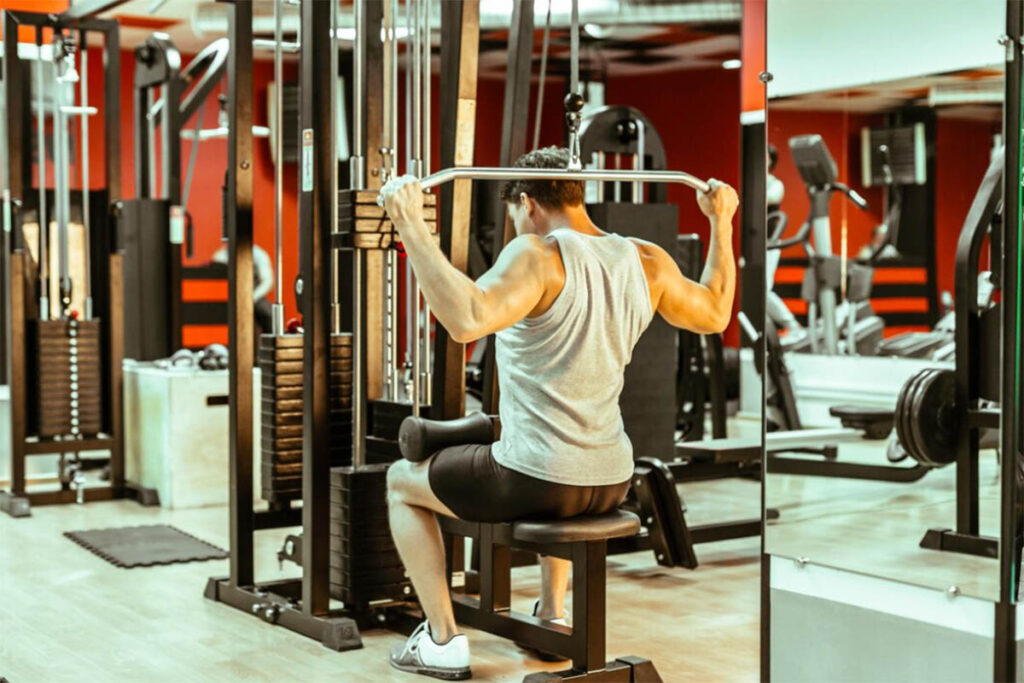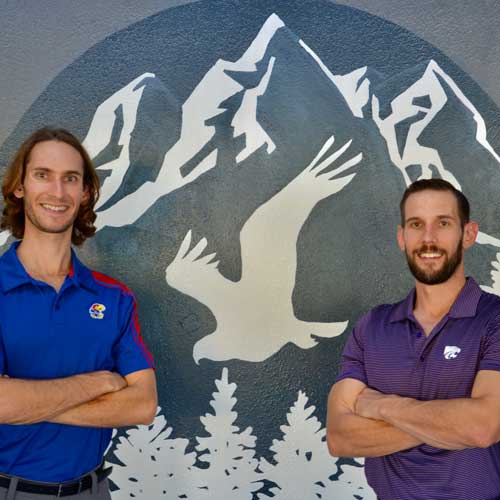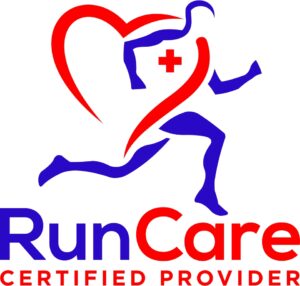
Introduction
Welcome to another informative blog post from WildHawk Physical Therapy. In this article, we’ll explore a common concern among CrossFit enthusiasts—shoulder pain. CrossFit is known for its intense and diverse workouts, but it’s crucial to understand how to protect your shoulders and manage discomfort effectively. Whether you’re new to CrossFit or a seasoned athlete, this article will provide insights into the causes, prevention, and management of shoulder pain during CrossFit workouts.
Shoulder Pain and CrossFit: A Common Challenge
Shoulder pain can be a frequent issue for CrossFit participants. The dynamic and high-intensity nature of CrossFit workouts often involves various shoulder movements, making the shoulders susceptible to overuse, strain, and injury.
Anatomy of the Shoulder
Before we delve into the specifics of shoulder pain in CrossFit, let’s briefly review the anatomy of the shoulder:
- Glenohumeral Joint: This ball-and-socket joint connects the upper arm bone (humerus) and the shoulder blade (scapula). It allows for a wide range of motion but is also prone to instability and injuries.
- Rotator Cuff Muscles: A group of four muscles and their tendons, collectively known as the rotator cuff, helps stabilize and move the shoulder joint.
Common Causes of Shoulder Pain in CrossFit
Several factors contribute to shoulder pain in CrossFit workouts:
- Overuse and Repetitive Movements: CrossFit often involves repeated overhead movements, such as snatches and overhead presses, which can lead to overuse injuries and shoulder strain.
- Improper Technique: Performing exercises with incorrect form can place excessive stress on the shoulder joint and lead to pain and injury.
- Muscle Imbalances: Muscle imbalances in the shoulder and surrounding areas can increase the risk of injury during CrossFit workouts.
Preventing Shoulder Pain in CrossFit

Preventing shoulder pain is essential for maintaining optimal performance and avoiding injuries in CrossFit. Here are some strategies to help prevent shoulder pain:
- Proper Warm-Up: Always begin your CrossFit session with a thorough warm-up that includes shoulder-specific stretches and mobility exercises to prepare your shoulders for the workout.
- Focus on Technique: Pay close attention to your form and technique during exercises. If you’re unsure about proper form, consider working with a CrossFit coach or physical therapist to ensure you’re performing movements correctly.
- Progressive Loading: Gradually increase the weight or intensity of exercises to allow your muscles and joints to adapt without excessive stress.
- Rest and Recovery: Incorporate rest days into your training schedule to allow your shoulder muscles and joints to recover. Overtraining can increase the risk of shoulder injuries.
Managing Shoulder Pain During CrossFit
If you’re already experiencing shoulder pain during CrossFit workouts, it’s crucial to manage it effectively to prevent further damage and facilitate healing. Here are some strategies for managing shoulder pain:
- Immediate Rest: If you feel pain during a CrossFit workout, stop the exercise immediately. Continuing with pain can worsen the injury.
- Ice and Compression: Apply ice to the affected shoulder for 15-20 minutes several times a day to reduce inflammation. Compression can also help control swelling.
- Anti-Inflammatory Medication: Over-the-counter anti-inflammatory medications can provide temporary relief from pain and swelling. However, consult with a healthcare professional before using any medication.
- Physical Therapy: Consider working with a physical therapist experienced in sports injuries and CrossFit. They can develop a personalized treatment plan to address your specific condition.
Role of Physical Therapy in Shoulder Pain Management
Physical therapy is a valuable resource for individuals dealing with shoulder pain in CrossFit. Here’s how physical therapy can help:
- Comprehensive Assessment: A physical therapist will conduct a thorough assessment of your shoulder to identify the root cause of your pain. This may involve evaluating your posture, range of motion, and strength.
- Personalized Treatment Plan: Based on your assessment, your physical therapist will create a personalized treatment plan that may include a combination of stretching and strengthening exercises.
- Manual Therapy: Hands-on techniques, such as joint mobilization and soft tissue manipulation, can help improve shoulder joint mobility and reduce pain.
- Exercise Prescription: Your physical therapist will prescribe exercises tailored to your specific needs, focusing on strengthening the shoulder and correcting muscle imbalances.
- Education and Injury Prevention: Your therapist will educate you on proper technique, injury prevention strategies, and modifications to exercises to minimize the risk of future shoulder pain.
Recovery and Returning to CrossFit
Recovery from shoulder pain can vary depending on the severity of the injury. It’s essential to follow your physical therapist’s guidance and allow sufficient time for healing. Returning to CrossFit too soon can lead to re-injury.
WildHawk Physical Therapy – Your Partner in Shoulder Health

At WildHawk Physical Therapy located in Asheville, NC, we understand the unique challenges faced by CrossFit enthusiasts. Our experienced team of physical therapists is here to provide guidance on how to keep working out without worrying about pain or injury. If you’re experiencing shoulder pain during CrossFit workouts, don’t hesitate to reach out to us for a comprehensive evaluation and a personalized treatment plan. Your shoulder health is our priority, and we’re committed to helping you achieve your fitness goals safely and effectively.
Conclusion
In conclusion, shoulder pain during CrossFit workouts is a common challenge, but with the right approach, it can be managed, prevented, and overcome. If you’re experiencing shoulder pain or discomfort, remember that WildHawk Physical Therapy in Asheville, NC, is here to support your shoulder health journey. Don’t let pain hinder your passion for CrossFit—reach out to us for expert guidance and a personalized treatment plan. Your path to pain-free and effective workouts starts with us.
Frequently Asked Questions:
- Q: What are the common signs of shoulder pain in CrossFit?
A: Common signs include persistent pain during or after workouts, difficulty with overhead movements, limited range of motion, and muscle weakness. - Q: Can I continue CrossFit workouts with shoulder pain?
A: It’s important to address shoulder pain promptly. With proper treatment and guidance, many individuals can return to CrossFit after recovery. - Q: Are there specific exercises that can help prevent shoulder pain in CrossFit?
A: Yes, your physical therapist can provide exercises to strengthen the shoulder, improve mobility, and prevent pain during CrossFit workouts. - Q: How long does recovery from shoulder pain typically take?
A: Recovery time varies depending on the severity of the injury. Your physical therapist can provide a more accurate estimate based on your condition and progress.










